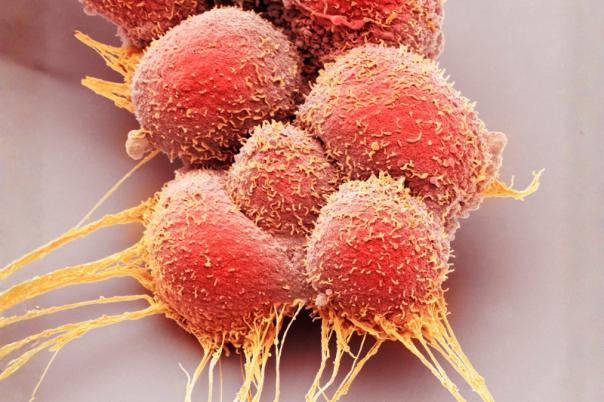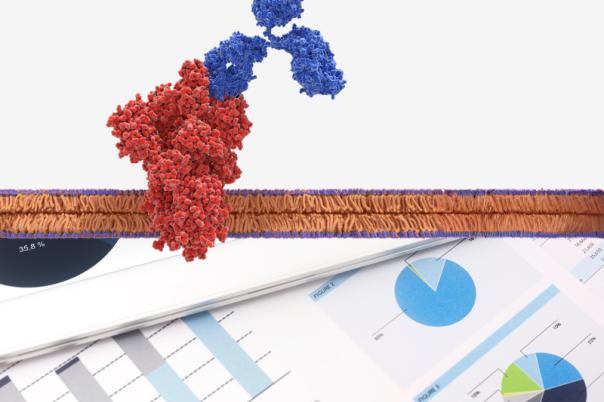GSK’s ADC platform has expanded in the last couple of years to combine large molecule discovery expertise and molecular modality discovery. When characterising ADCs, drug antibody ratio (DAR), size variant analysis, conjugate site heterogeneity and free drug measurement are crucial factors to consider. Sarah Hindson, Scientific Investigator at GSK explored high throughput characterisation of ADCs, specifically free drug levels.
Free drug measurement refers to the presence of unconjugated free drug molecule within an ADC sample. Hindson explained that this residual free drug could be left behind after conjugation has taken place and is something that must be considered when conducting stability and developability studies of ADCs. She elaborated that the free drug levels can cause off-target effects in vivo.
To measure free drug levels, the most common methods are reverse phase HPLC and size exclusion chromatography (aSEC). Reverse phase HPLC involves precipitating out the ADC to leave behind the small molecule, creating a standard curve using known concentrations of free drug, and quantifying the levels in ADC samples. SEC provides a measure of percentage purity and aggregate, using a column with a resin and organic modifier.
Hindson advocated for aSEC which provides the percentage purity of the sample as well as the percentage aggregate that is present. ADCs are hydrophobic, so adding the small molecule to the antibody causes them to become more hydrophobic and stickier on the column. Even with small molecules, there was a poor peak shape and resolution on the column. So, Hindson and her team made some tweaks to the aSEC method: they used a different resin to break up some of the interactions between the molecule and the column resins. This led to improvements in peak resolution and retention times that more accurately reflected sample size. Furthermore, with this refined aSEC method the team was able to observe and measure free drug on the column.
One of GSK’s ADC programs uses a high throughput conjugation platform to conjugate 96 ADC samples at a time. The aSEC method is used for screening panels of ADCs, measuring percentage aggregate and free drug levels with a single injection. Overall, this platform necessitates a high throughput method like SEC to keep up with the analysis demands.
The team also did a calibration curve using just four calibration concentrations to determine the amount of linker payload in the sample. Hindon added that they had to keep their linker payload levels below 1% to reduce the risk of off-target effects in functional assays.
Comparing and contrasting HPLC and aSEC showed that while reverse phase HPLC is well-established and statistically validated, aSEC offers higher throughput and efficiency for large-scale ADC analysis.





